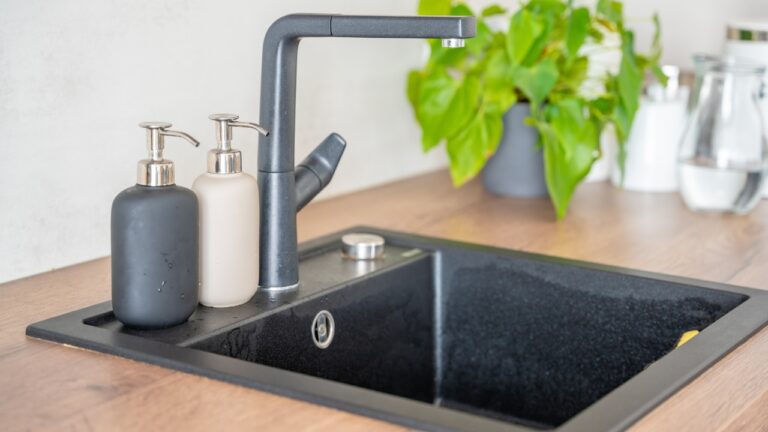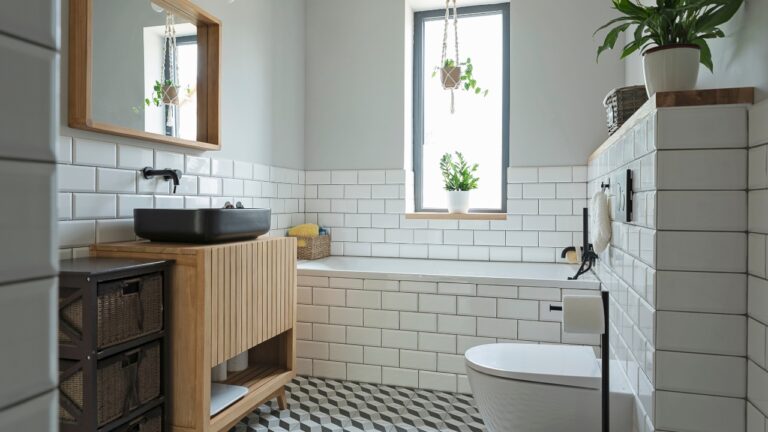7 habits that keep your house from feeling put together
A house doesn’t have to be spotless to feel pulled together—but it does need rhythm. The way you maintain your space matters more than how big it is or how much money you’ve spent on it. Small habits, repeated every day, decide whether your home feels calm or chaotic.
The problem is, most of us don’t realize the things we do (or skip) that make it feel constantly “off.” A few small shifts can make the same house look and feel like it finally fits together.
You leave too much out in the open
Flat surfaces become magnets for clutter—mail, chargers, cups, keys. Once things start piling up, it’s easy to stop seeing them altogether. But visual clutter makes a room feel unfinished no matter how clean it is.
Start by giving everyday items a home behind a door or inside a basket. You don’t have to hide everything—just enough that the space can breathe. Open surfaces signal order, even when life’s still happening around them.
You skip finishing touches
You might clean, organize, and decorate, but if you stop short of finishing touches, your home will always look halfway there. Finishing touches—like pillows fluffed, curtains hung high enough, or lamps turned on—pull the room together and show intention.
These details don’t take long, but they make the difference between “tidy” and “done.” It’s the same space, but with purpose behind it.
You decorate without editing

Most homes collect things over time—hand-me-downs, gifts, impulse buys. Without stopping to edit, you end up with competing styles, colors, and decor that fight for attention. The space feels busy instead of cozy.
Try removing half of what’s on display and see how it feels. A few well-placed pieces create more balance than filling every inch. Editing shows confidence in your space and gives it room to feel complete.
You don’t have enough lighting layers
One overhead light makes a house feel harsh, no matter how nice your furniture is. A layered mix—table lamps, floor lamps, sconces—softens everything and makes a home feel intentionally designed.
Lighting is one of those upgrades that doesn’t cost much but changes everything. It fills in corners, highlights textures, and gives your rooms the warmth they might be missing.
You skip consistent finishes

Mismatched finishes on knobs, frames, or light fixtures can make a house feel thrown together. You don’t need everything to match perfectly, but keeping finishes within a similar tone—like all warm metals or all matte black—creates a visual flow.
When details feel coordinated, the whole space looks more cohesive, even if nothing else changes. It’s the kind of update people notice without realizing why.
You overlook what’s at eye level
People notice what’s at eye level first—art hung too high, wires hanging down, or wall switches surrounded by clutter can make even a well-decorated room feel off. Fixing that layer immediately makes a home feel more intentional.
A good rule of thumb: hang art so the center is around 57 inches from the floor, and keep visual lines clean. You’ll be surprised how much calmer the room feels when that middle zone is balanced.
You let unfinished projects linger
Every house has a few things that never quite got finished—the baseboard behind the door, the paint touch-up, the curtain rod that’s slightly off-center. One or two small things don’t matter, but together they make a home feel unsettled.
Take one unfinished thing a week and knock it out. The sense of completion will change how you see your space—and make your home finally feel as put together as you’ve always wanted it to.
Like Fix It Homestead’s content? Be sure to follow us.
Here’s more from us:
9 small changes that instantly make a house feel high-end
The $60 Target haul that made my house feel way more put together
*This article was developed with AI-powered tools and has been carefully reviewed by our editors.







